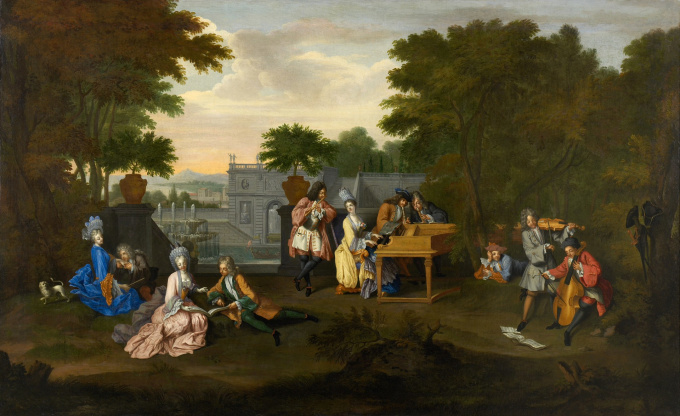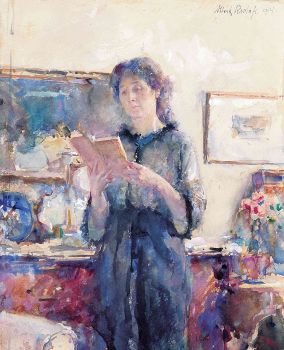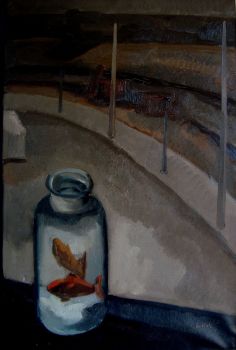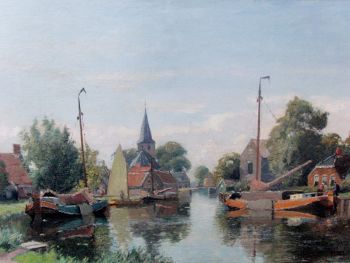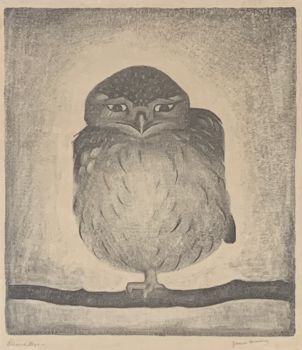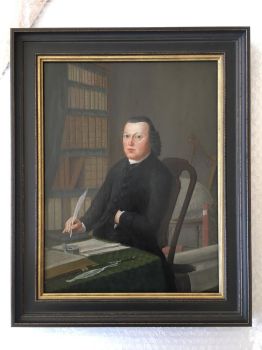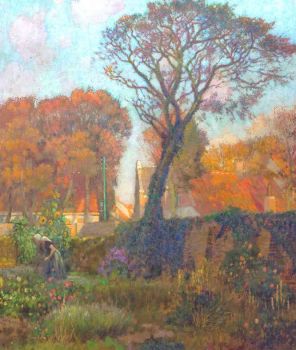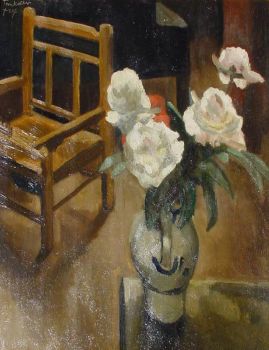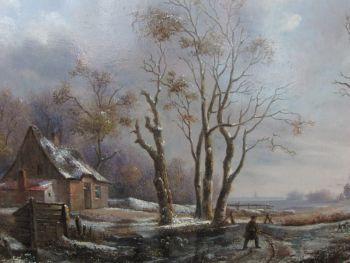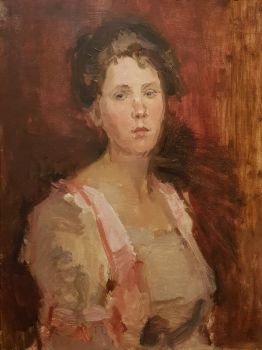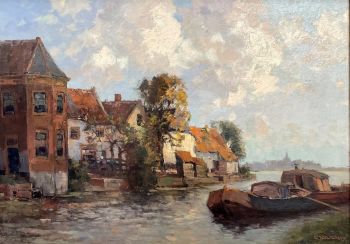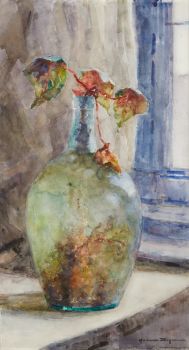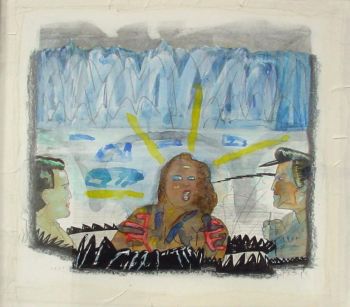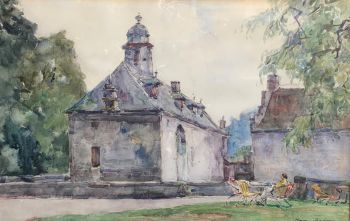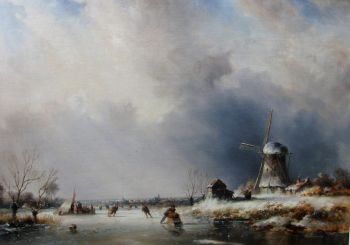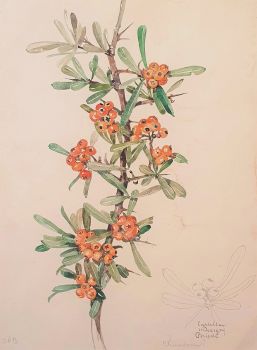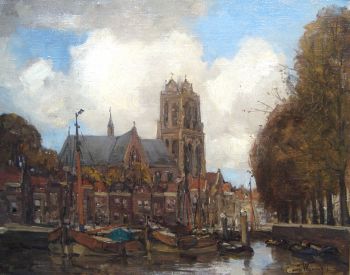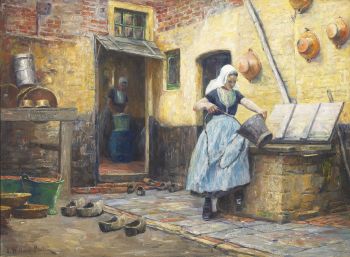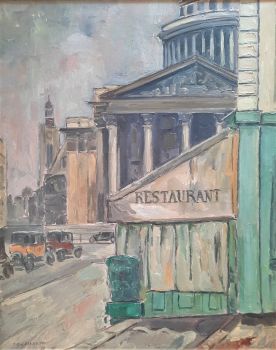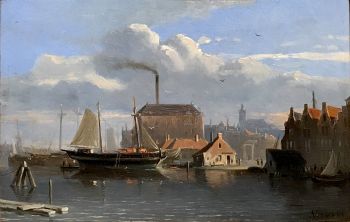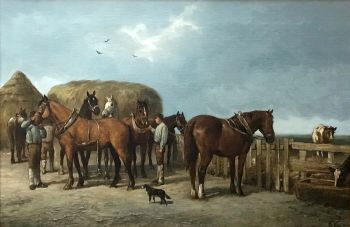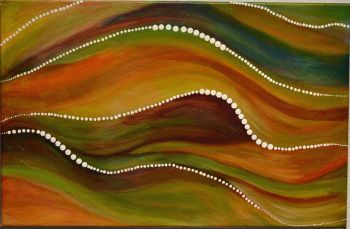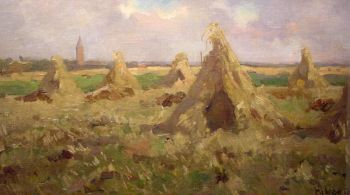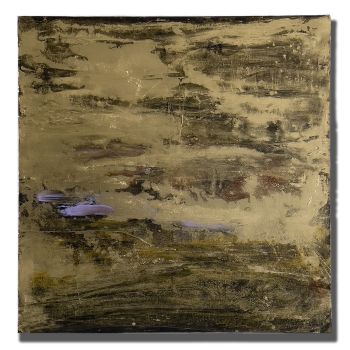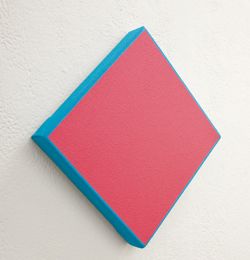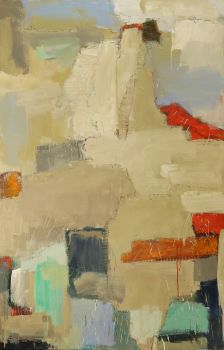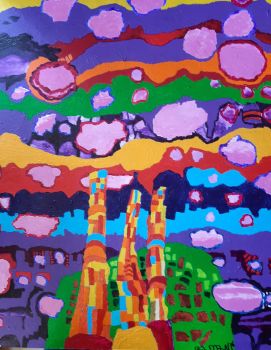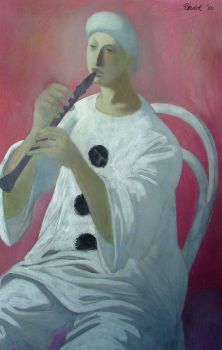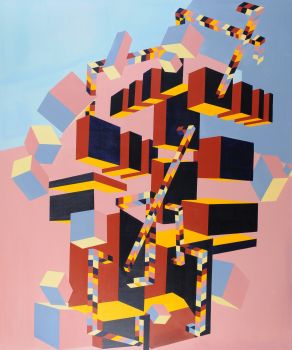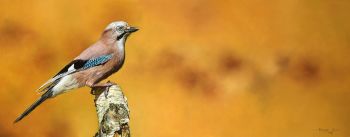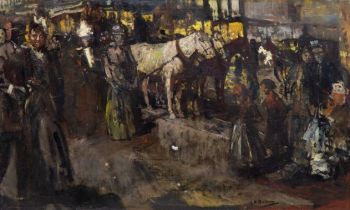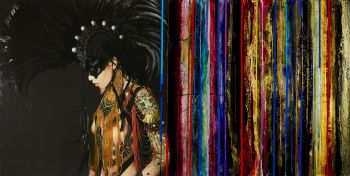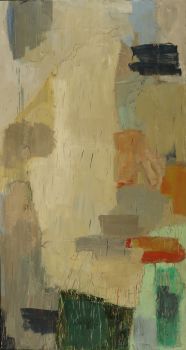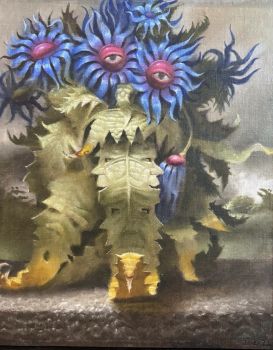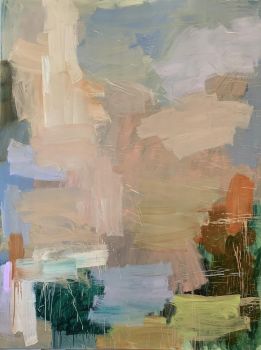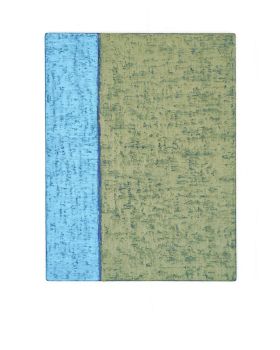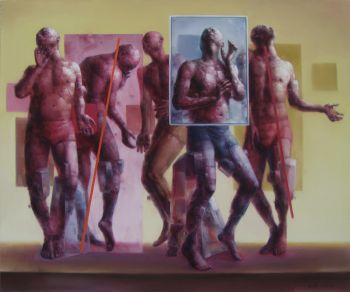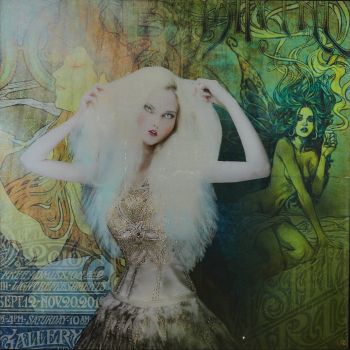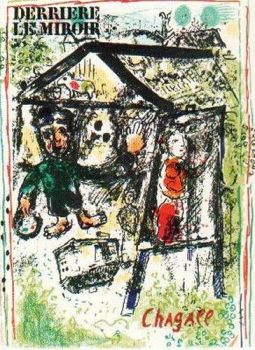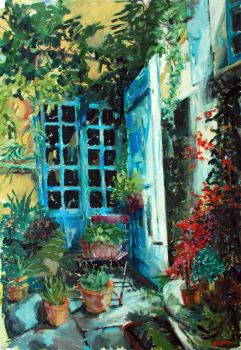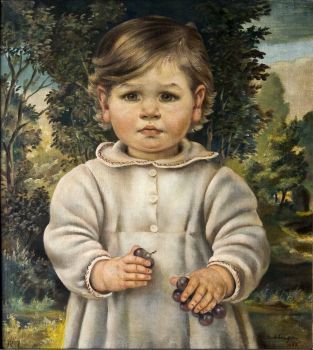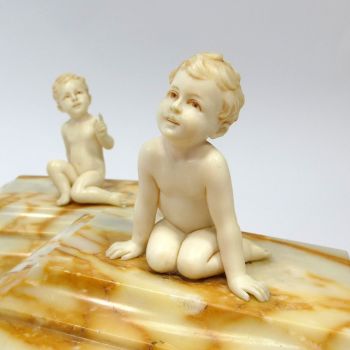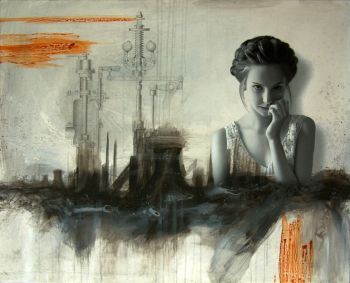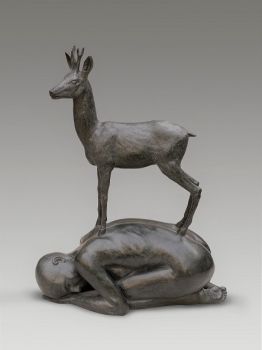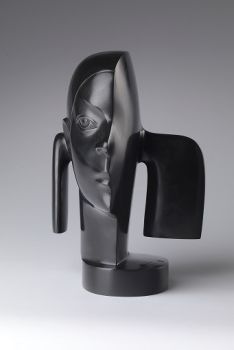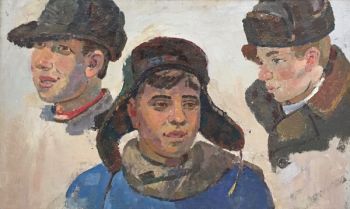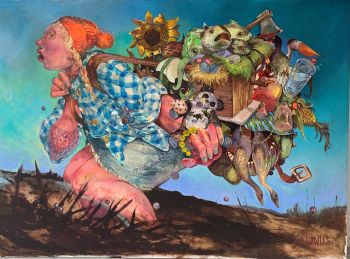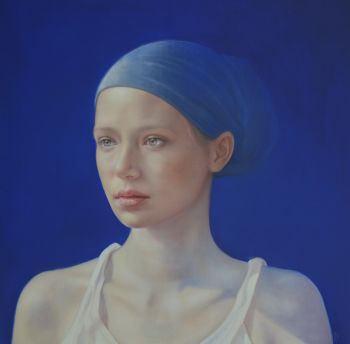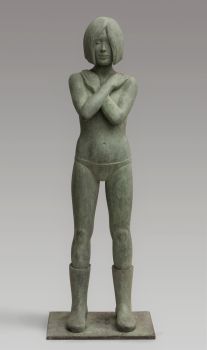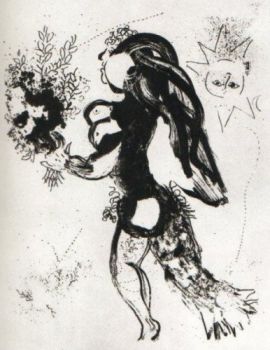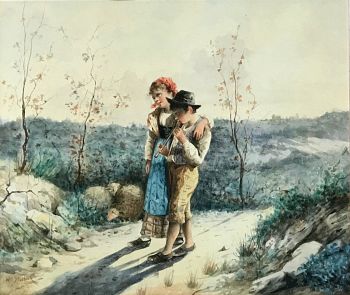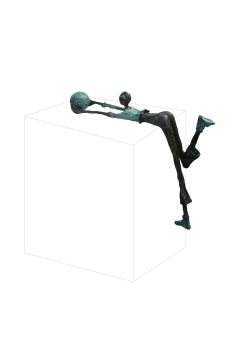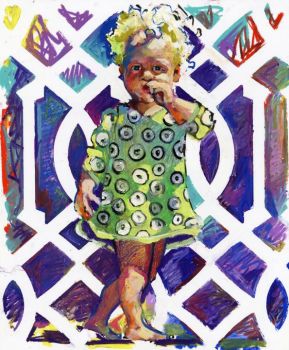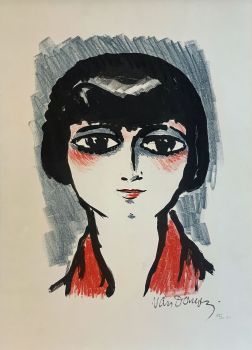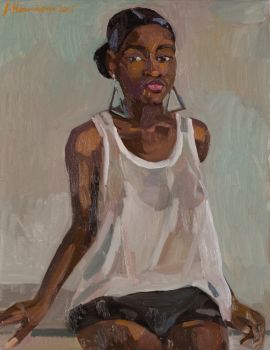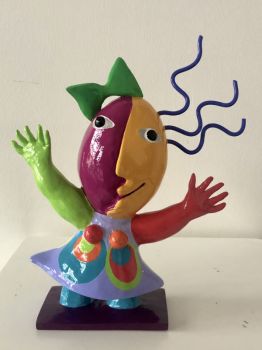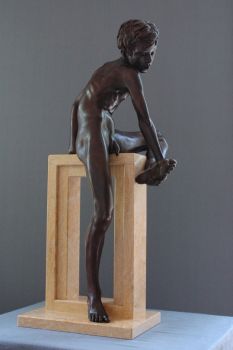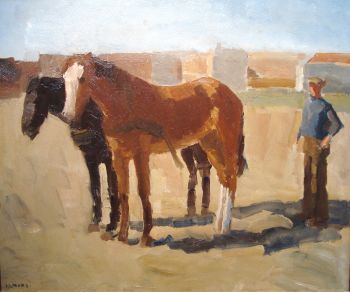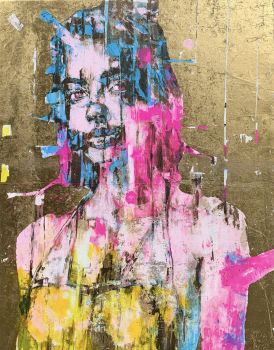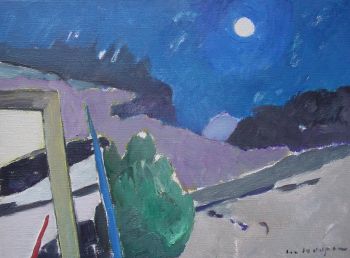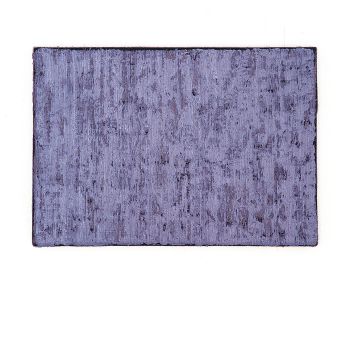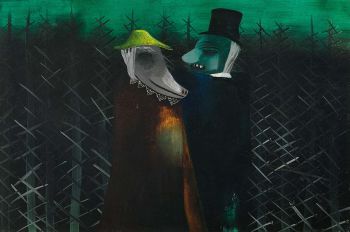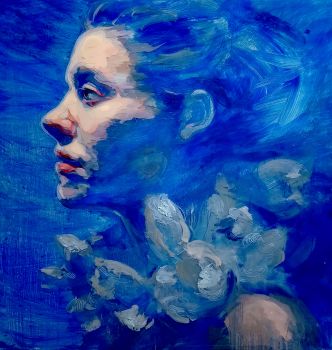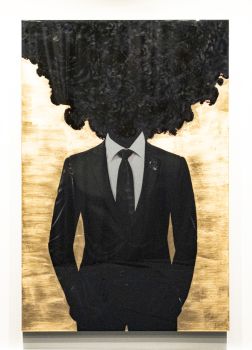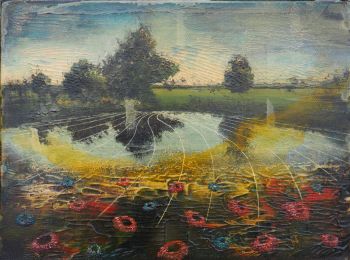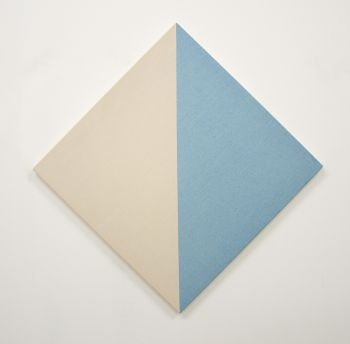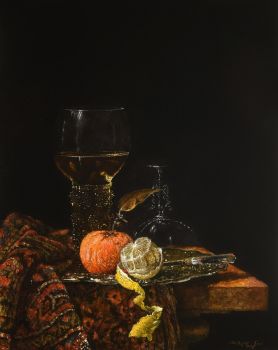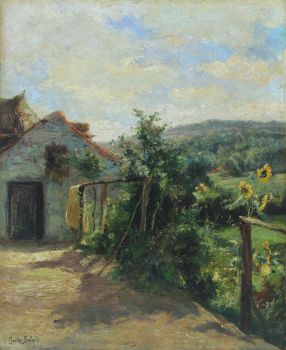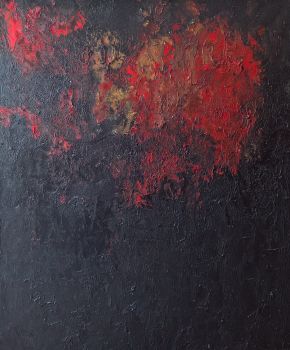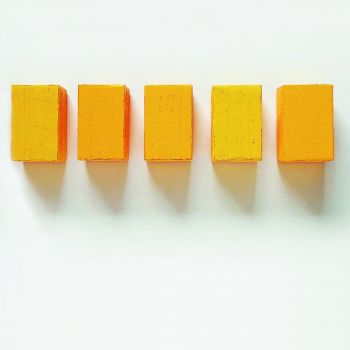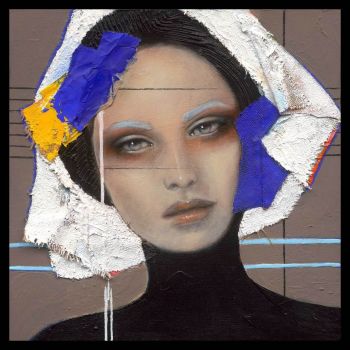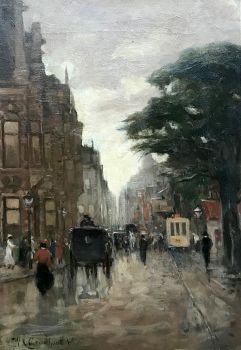Concerto Champêtre 1710
Bernard Picart
TelaPintura a óleoPintar
91 ⨯ 147 cm
Atualmente indisponível via Gallerease
- Sobre arteThe French painter and engraver Bernard Picart (1673-1733) was foremostly famous for his prints. Paintings of his hand are rare. In 1710 the artist moved to Holland, where at first he lives in The Hague and from 1711 on in Amsterdam. Here he continued his career as an illustrator.
The subject of this painting was derived of one of Picart’s own prints. This print was signed: Inventé et gravé par B. Picart, and was one of a series of three that had the elegant joy of rural life as subject. The specific print that was used for this painting was accompanied by a poem:
A l’ombre des bosquets dans un beau jour d’Eté
Cette agréable Campagnie
Goute le doux plaisir que donne l’harmonie
Lorsque tout est bien concerté
Mais parmi les attraits d’une belle musique
Ou de Baptiste Ou de Lambert
L’amour tient sa partie et très souvent se piqué
De faire que deux coeurs soupirent de concert.
The series, of which this ‘Concert Champêtre’ was part, belongs to the so called ‘Fêtes Galantes’, the elegant parties where lavishly dressed men and women enjoy themselves in a landscape. In elegant poses, they make music, read, make poetry and court. The origin of this theme is to be found in the Italian art of the 16th century. Painters like Titian and Giorgione are known to have made similar depictions.
Picart picked this theme up in a contemporary manner of the early eighteenth century. He followed on to the Parisien fashion to go out in the country in the company of elegantly dressed friends, far from the bustle of the city. Picart thus created a new theme, ten years before Antoine Watteau started to paint similar galant companionships that made him famous as the master of the ‘Fêtes Galantes’. - Sobre artistaO ilustrador Bernard Picart (1673-1733) foi um calvinista francês forçado a se mudar para a Holanda após a revogação do Édito de Nantes em 1685. Entre 1723 e 1737 ele colaborou com o editor Jean-Frédéric Bernard para produzir Cérémonies et coutumes religieuses de tous les peuples du monde. Logo foi traduzido para o inglês e apareceu em várias edições no século seguinte. Essa documentação enciclopédica de religiões comparadas exemplifica o projeto de classificação do Iluminismo. Na seção sobre o Judaísmo, as ilustrações de Picart retratam principalmente a rica comunidade Sefardic de Amsterdã. Embora a maior parte da população judia na Holanda fosse Ashkenazi, tendo emigrado da Alemanha e mais para o leste, o trabalho de Picart concentra-se quase exclusivamente nos judeus cuja aparência seria mais familiar para o público cristão. As gravuras de Picart estabeleceram a maneira convencional de representar os costumes judaicos durante séculos. Sua reinterpretação em livros do século XIX e cartões postais do século XX atesta a popularidade e a influência duradouras de suas imagens.
Artwork details
Categoria
Assuntos]
Estilo
Material e Técnica
Cor
Related artworks
Valentine Willaert Fontan
ZEEUWSE MEISJES BIJ DE WATERPUT1892 - 1939
Preço em pedidoGalerie Het Noorderlicht
Herman Bogman jr.
Flower still life of a nasturtium in a blue vase1950 - 1965
Preço em pedidoAdelwein Kunst
1 - 4 / 24Dutch School
Chegada de um índio oriental holandês na Baía da Mesa18th century
Preço em pedidoZebregs & Röell - Fine Art - Antiques
1 - 4 / 24- 1 - 4 / 24
- 1 - 4 / 24

